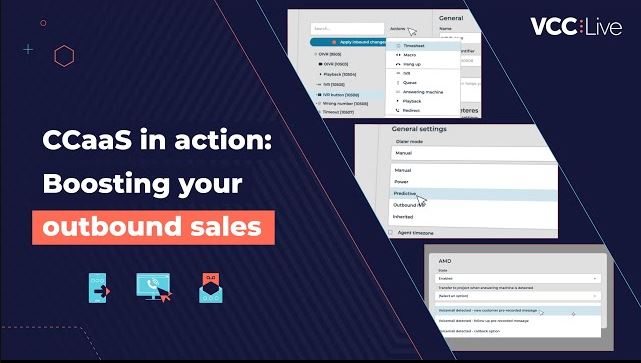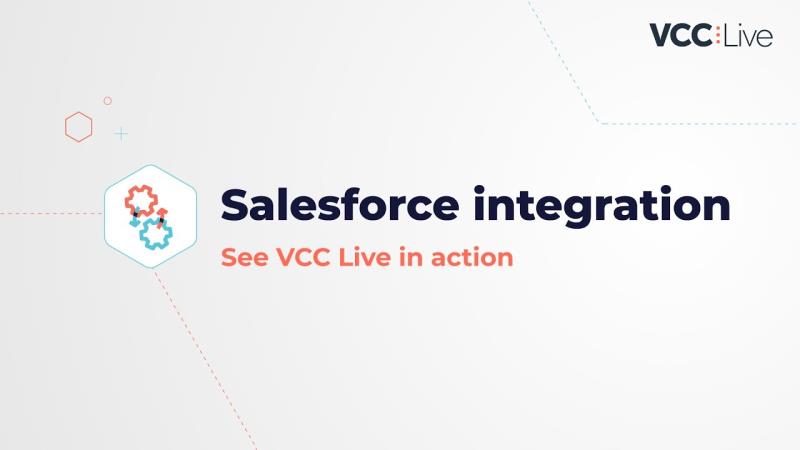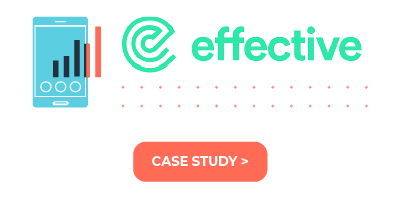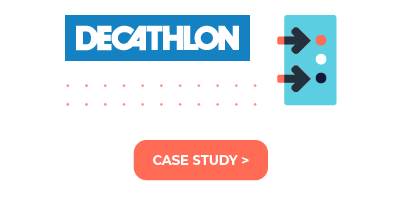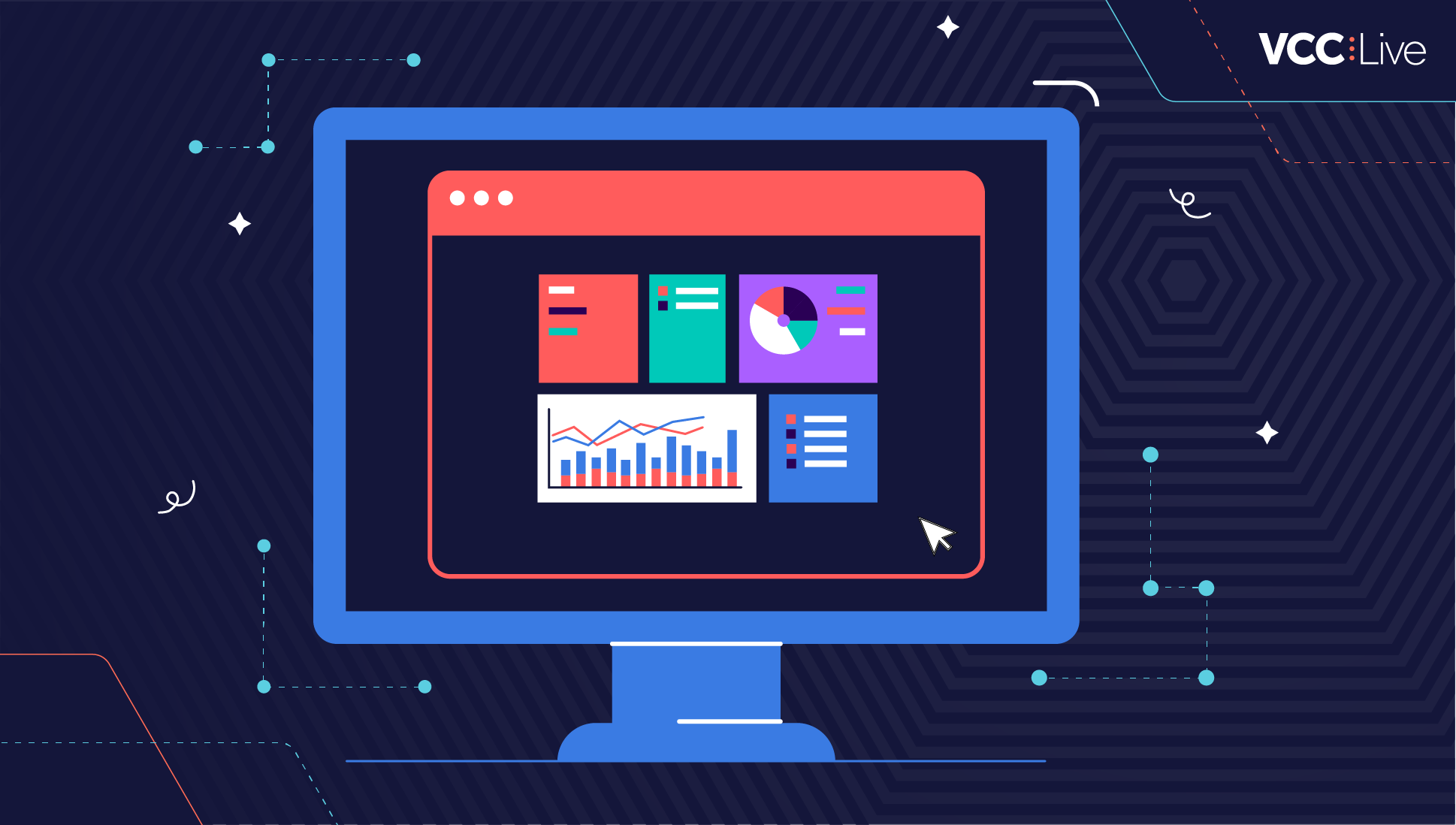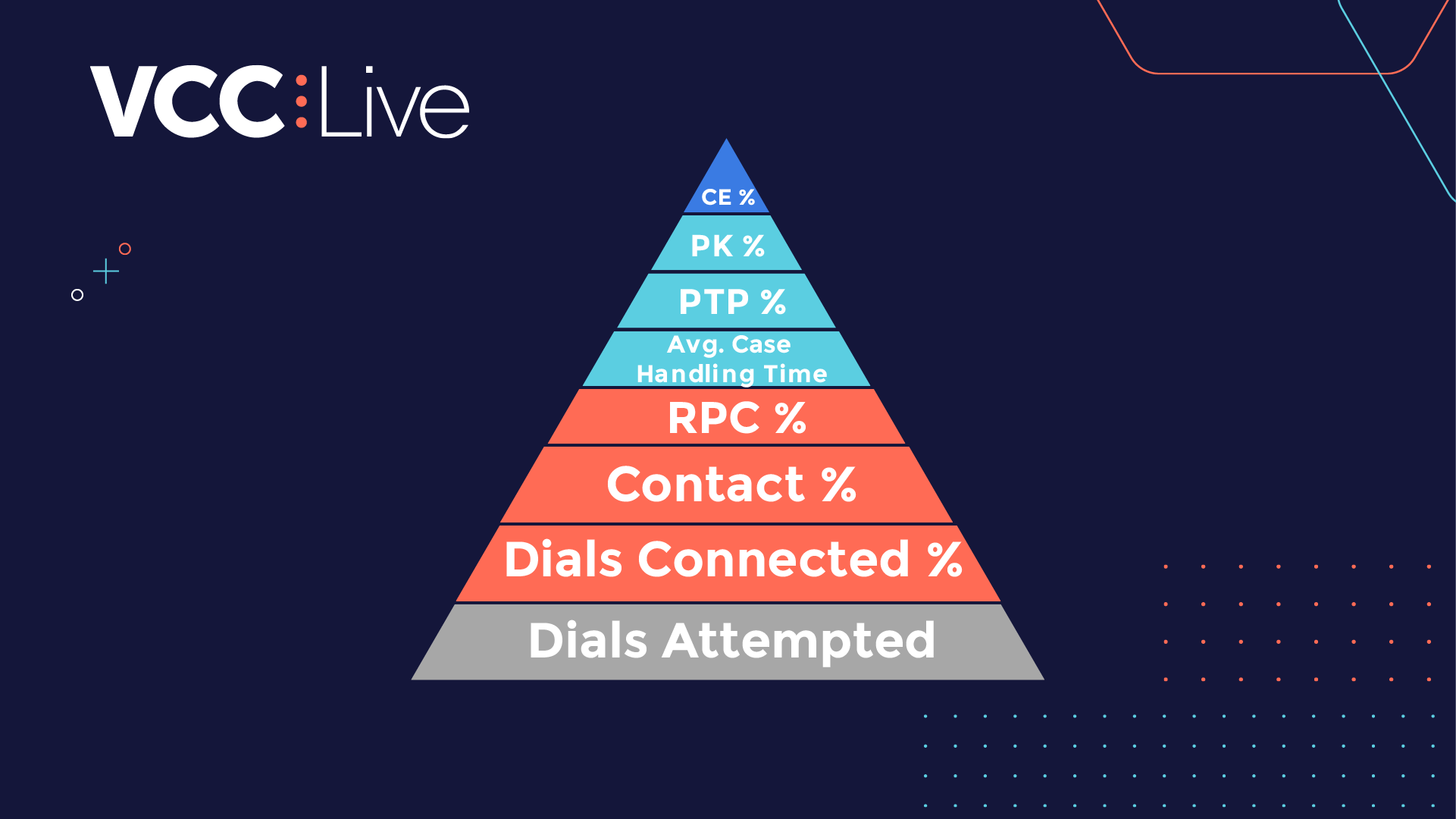Reporting is an essential component of any contact center: tracking, analyzing, and presenting the performance of the business is a key step in achieving operational efficiency. Call center reporting also pinpoints trends and helps you spot opportunities or errors early on.
Check out this article to learn more about reporting in call centers and to explore a few tips you can implement today to better track and visualize relevant metrics.
What is call center reporting?
Call center reporting takes the raw data about your contact center, and turns it into easily understandable information. This practice empowers you to make better decisions driven by data.
The raw data your call center generates can be used to create Key Performance Indicators or KPIs. These indicators can help you analyze the direction of your company. They give you a better sense of what you are doing well, as well as insights into which ways your call center could improve.
Why is call center reporting important?
The value of a call center report lies in the ways you can use the data it generates. In particular, this information can help you maximize both call center efficiency and customer satisfaction.
Increasing efficiency with reporting
There are several valuable insights that call center reporting may reveal – tracking and understanding the following aspects will help you work towards better efficiency in your contact center. To name a few:
- Agent performance: call center KPIs such as average handling time or first call resolution allow you to identify top-performing agents as well as those who need additional training.
- Call volume and patterns: understanding peak times and call durations may help in resource allocation, reducing wait times, and improving service levels.
- Budget allocation: detailed reporting can help in making data-driven decisions regarding investments, ensuring that the business focuses on areas that will yield the highest returns.
- Personalization: reporting tools can help pinpoint common customer issues so that the contact center can proactively address them, resulting in quicker resolution times and a more personalized experience.
- Omnichannel support: tracking interactions across all of your communication channels ensures that every platform is monitored and constantly improved, not just your primary ones.
- Automation and AI: detailed reports help you identify opportunities for automating processes and/or using AI for common queries and mundane tasks.
- Scalability: by monitoring and understanding your operation’s performance, you’ll be able to identify scalable processes, ensuring that the contact center remains efficient even as call volumes increase.
Increasing customer satisfaction with reporting
The insights you gain through call center reporting serve as a roadmap toward happier, more satisfied customers. Here are a few examples of how this can work:
- Faster response times: reports on call volumes and wait times help optimize agent scheduling and resource allocation so that customers can enjoy quicker responses.
- Real-time monitoring: this capability allows supervisors to address issues as they arise and jump in to assist agents if necessary, ensuring that everything is done following company protocol.
- Predictive analytics: using historical data, call centers can predict and prepare for future customer needs, ensuring better customer experience.
- Streamlined processes: reporting can highlight inefficiencies in customer service processes, helping contact centers create simpler customer journeys.
- Loyalty programs: insights from customer data can help businesses improve their loyalty programs to reward and retain satisfied customers.
- Motivation and morale: reporting that recognizes and rewards top-performing agents can boost morale, leading to more engaged employees who deliver better customer service.
Best practices in call center reporting
As your call center begins to generate analysis and reports, there are a few important factors to keep in mind.
Focus on the KPIs that matter most to your business
With thousands of different ways to sort, analyze, and categorize data, it’s far too easy to lose focus. Rather than attempting to quantify and analyze everything imaginable, focus on the KPIs that are most relevant to your operation.
If you take a look at our call center KPI library, you’ll find some of the top metrics that businesses usually track and report. Here, you’ll find a lot of details (including formulas, improvement plans and mistakes to avoid) regarding key performance indicators such as Average Handling Time (AHT), First Call Resolution (FCR), Customer Satisfaction (CSAT), After Call Work (ACW) and a lot more.
Add your own custom metrics
While most contact center software solutions come with a range of system metrics to choose from, you may want to have more control over what you can track. Luckily, there are solutions on the market that allow you to set up your own custom metrics – we’re proud to be one of them. Generating your own KPI in VCC Live only takes a few clicks and requires no coding to implement.
Create a KPI dashboard
Collecting data from different sources is one thing; however, displaying it in an easily comprehensible way is what makes it a valuable tool for your business. This is what KPI dashboards are great for – especially if you use one that’s easily editable with a drag-and-drop system, uses color coding to keep everyone motivated, and keeps all the metrics you need from various channels in one place.
Level up your call center reporting
At first glance, tracking and handling all this information might seem overwhelming.
There’s no reason it has to be, however. Your call center reporting can be greatly assisted through the use of easily customizable contact center software, such as VCC Live. To ensure you make the most of your contact center, VCC Live also assigns you a Customer Success Manager who keeps track of your industry’s benchmarks and gives you actionable tips if you’re falling behind on any of your metrics.
Contact us today and let’s discuss how we can help you achieve your business goals.
